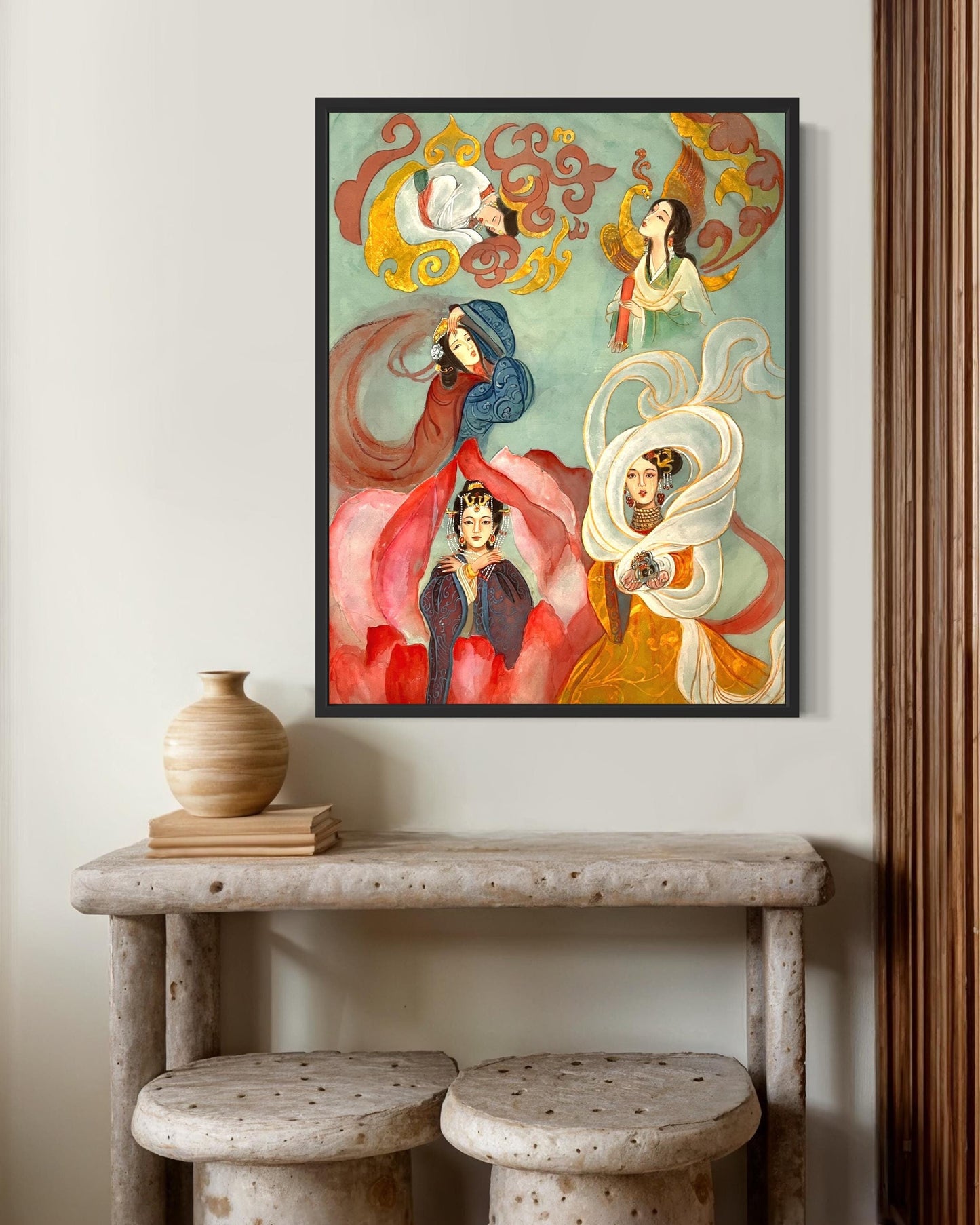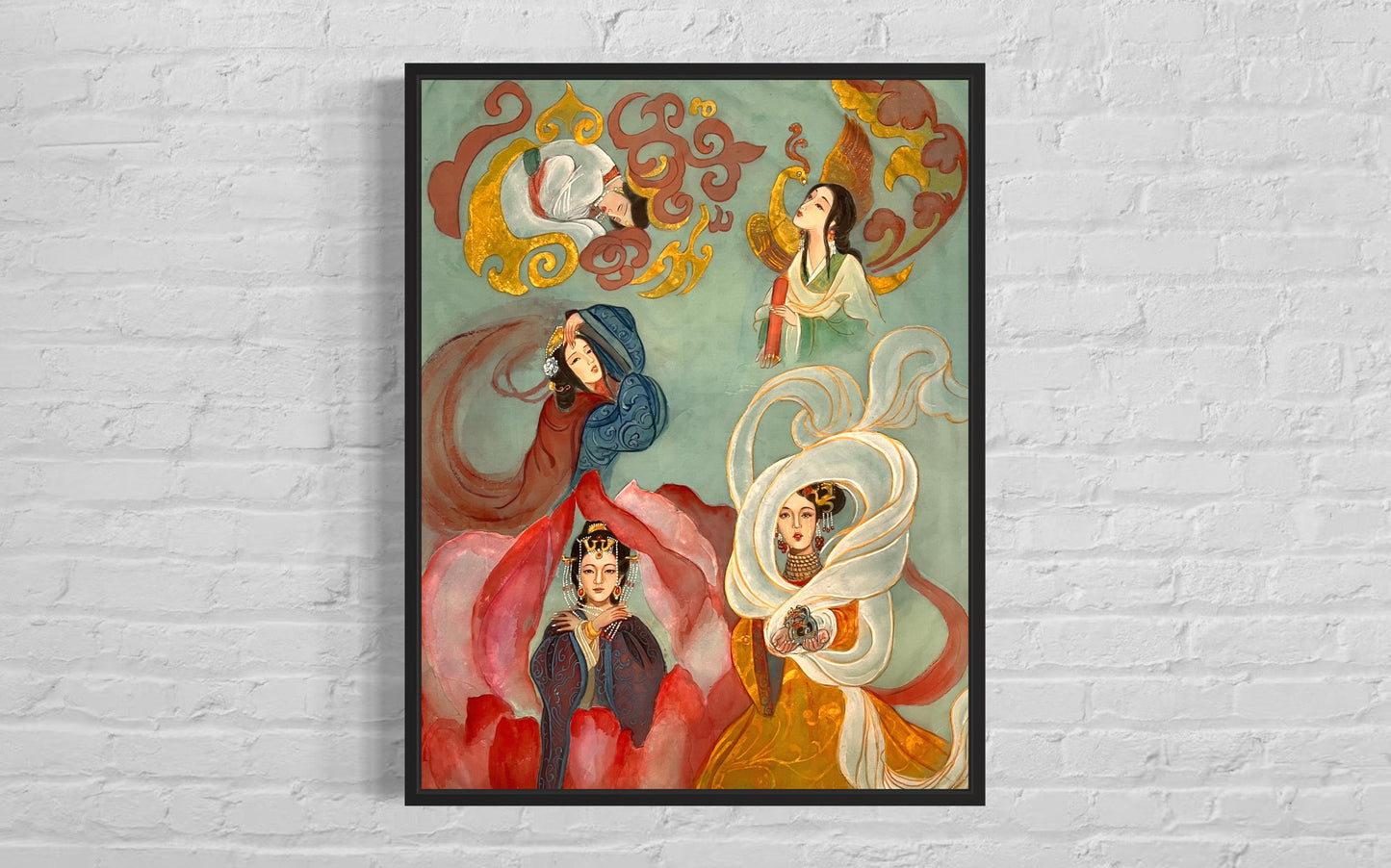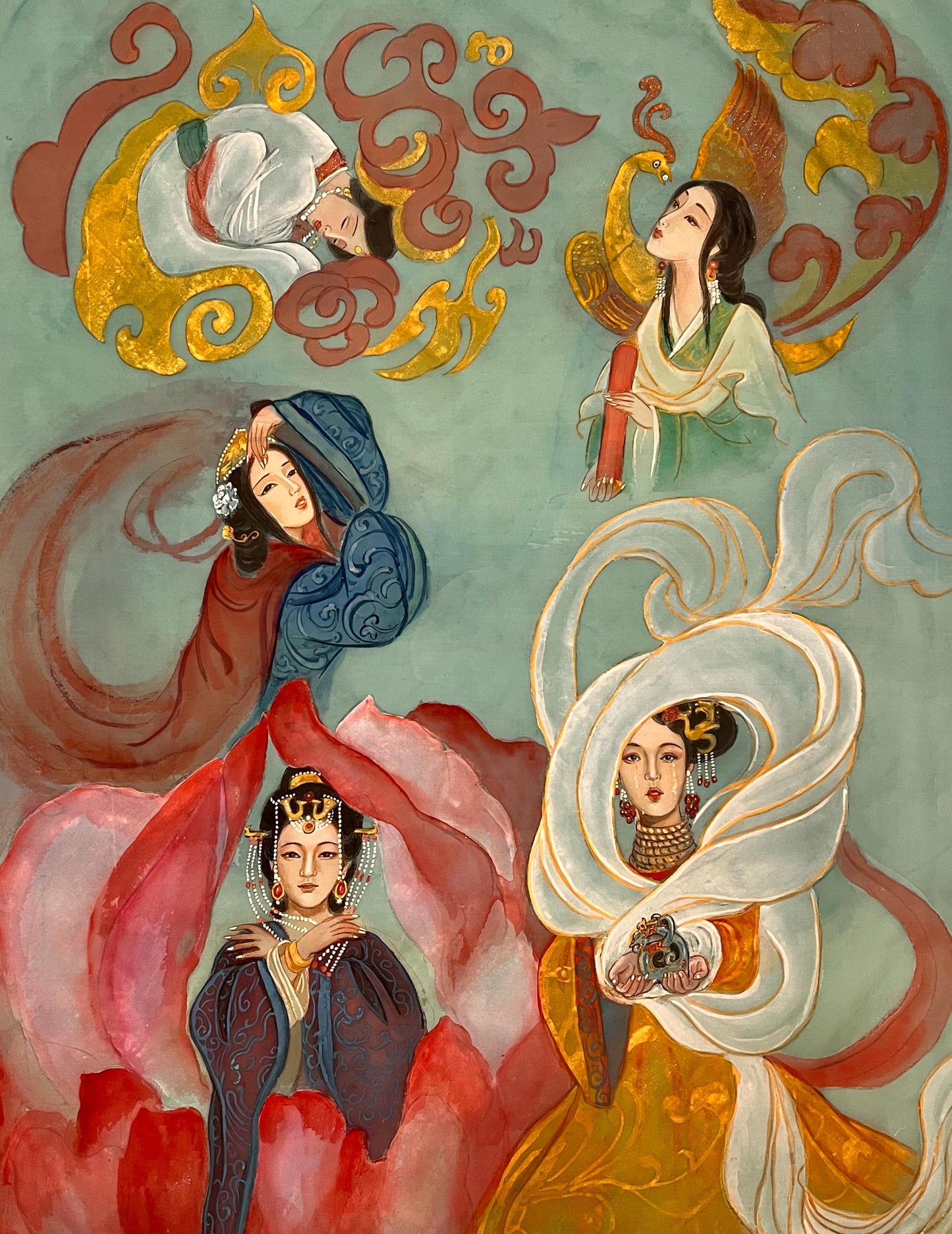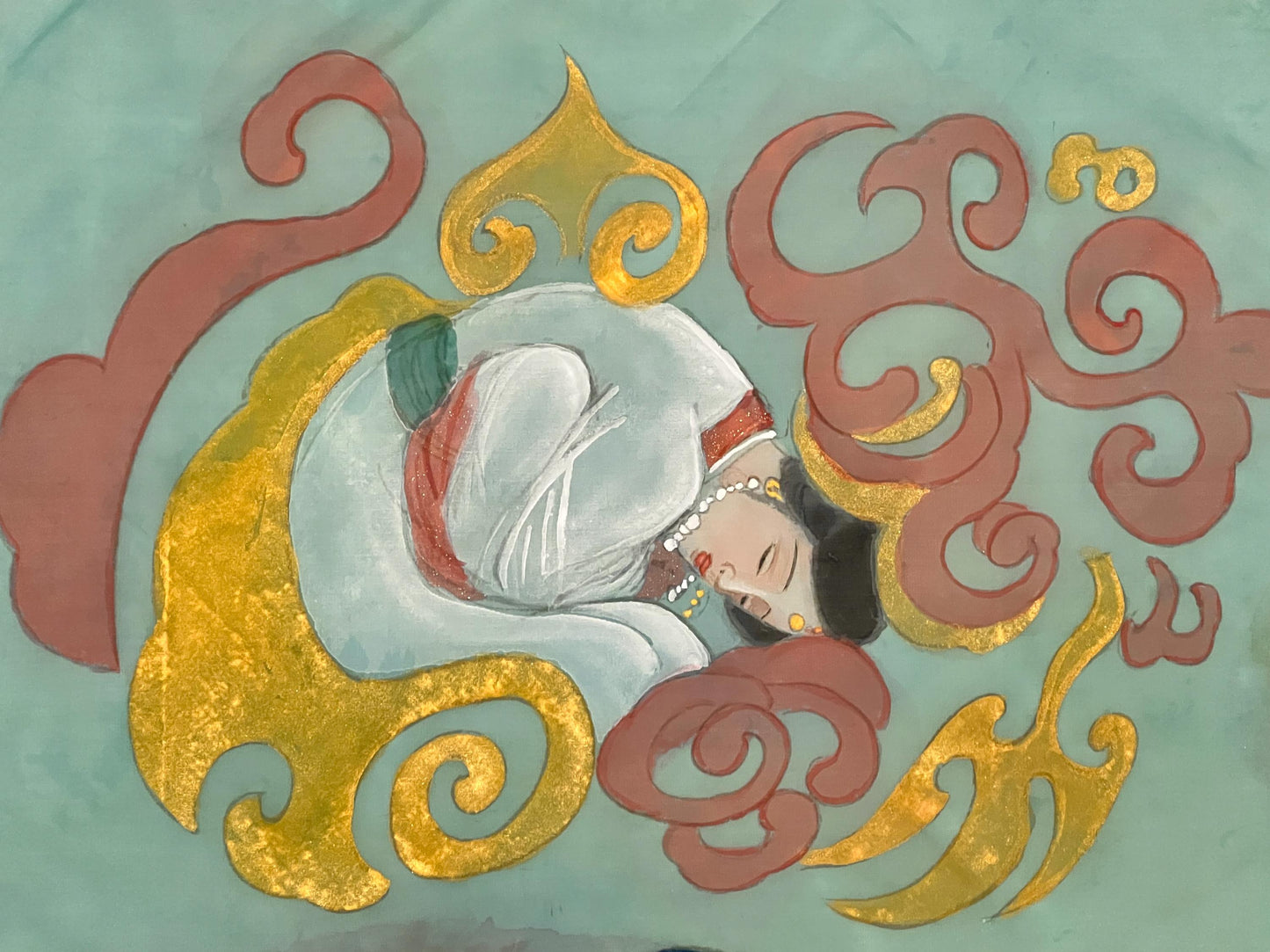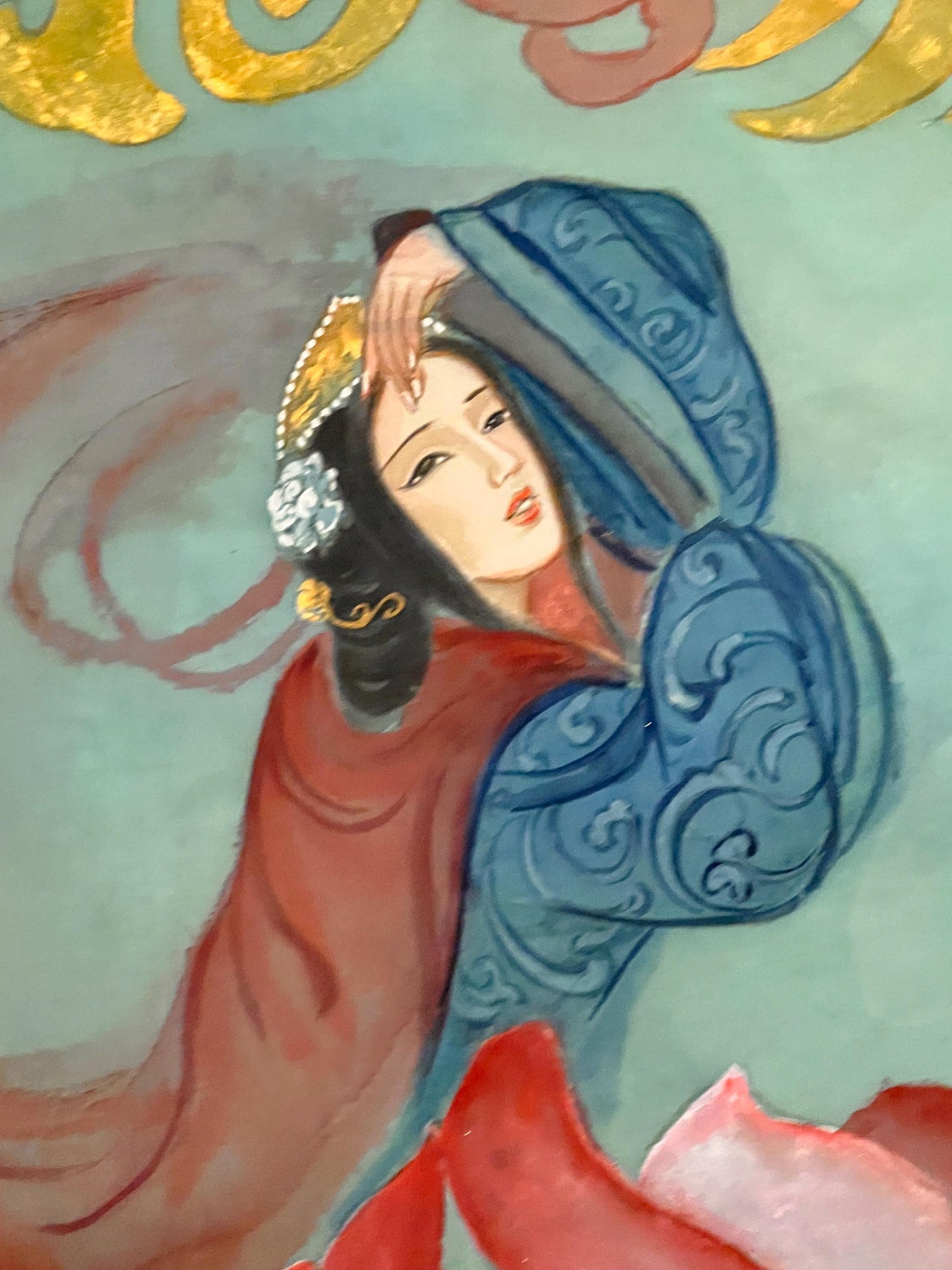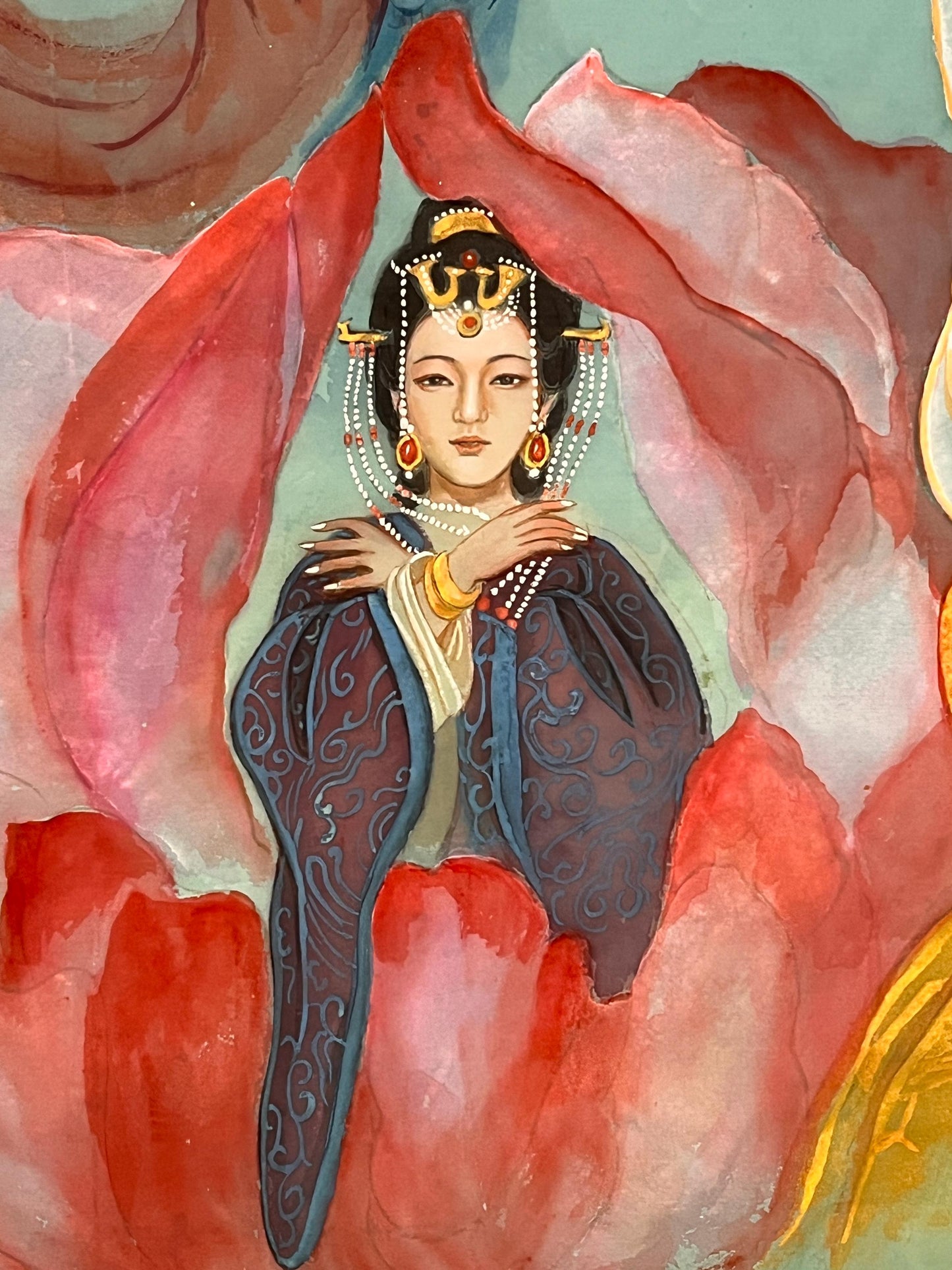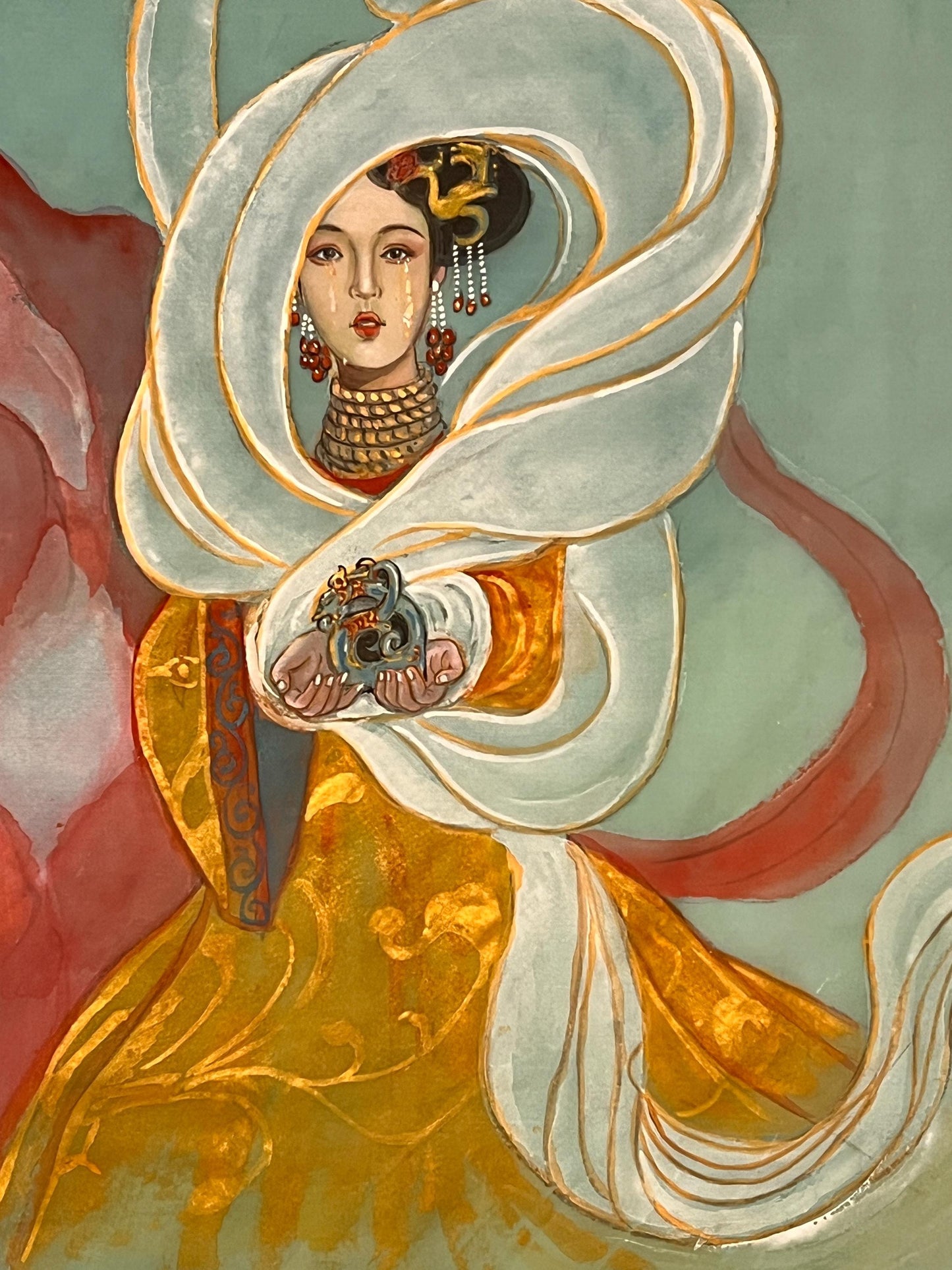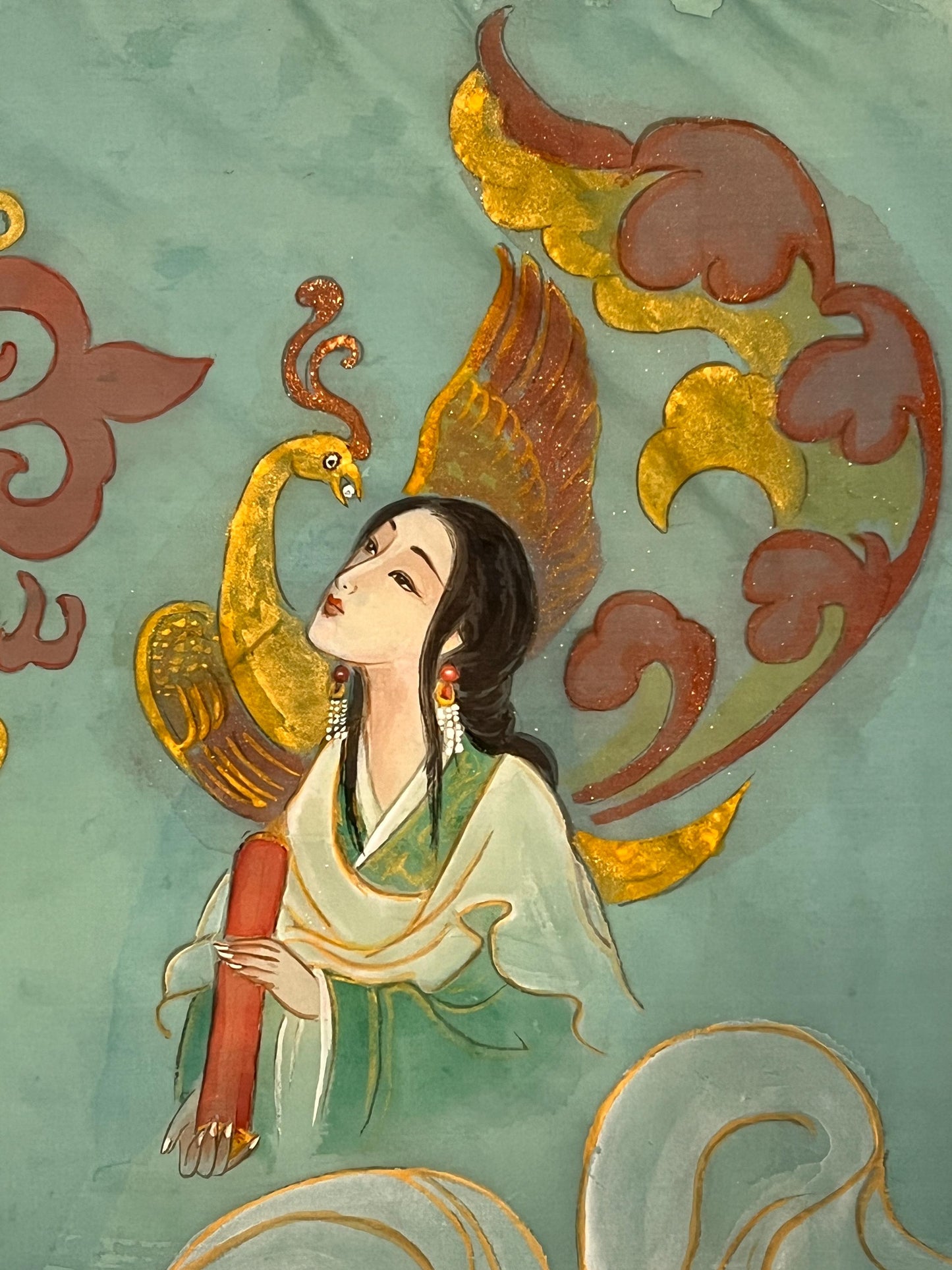Xiang Li Art Store
Three Kingdom Period (Eastern Wu), Stretched Canvas Print, Ready to Hang with D-Ring and Wires, Chinese Empresses, Watercolor Art
Three Kingdom Period (Eastern Wu), Stretched Canvas Print, Ready to Hang with D-Ring and Wires, Chinese Empresses, Watercolor Art
Couldn't load pickup availability
Originally designed and painted on silk by Xiang Li, this artwork is printed on high-quality stretched or rolled canvas prints. Made with carefully hand-stretched fabric on a wooden frame, our prints will showcase your work in bright, stunning colors that will last for decades.
Printing Method: Giclee, Eco-Solvent Inkjet
Both framed (black color) and unframed canvas is ready to hang with D-ring already installed
Additional canvas and frame sizes, as well as frame colors, are available upon request.
Friendly suggestion: our mockups are created based on actual measurement. However, please carefully measure your space to ensure the paintings can fit and look accurately in your unique environment. Thank you!
Eastern Wu, also known as Sun Wu, was a dynastic state during China's Three Kingdoms period (220–280 AD). Founded by Sun Quan, it was one of three major states vying for control after the fall of the Han dynasty. The name "Wu" derives from the Jiangnan region, historically called "Wu," where the state was based. Historians refer to it as "Eastern Wu" to distinguish it from other states with similar names.
Sun Quan's leadership was marked by significant events, including the pivotal Battle of Red Cliffs in 208 AD, where he allied with Liu Bei to defeat the warlord Cao Cao, preventing Cao's domination over southern China. In 222 AD, Sun Quan declared independence from the state of Cao Wei and proclaimed himself emperor in 229 AD, establishing Eastern Wu as a sovereign entity.
The state's capital shifted between Wuchang and Jianye (modern-day Nanjing). Under Sun Quan's rule, Eastern Wu experienced political stability and economic prosperity, with advancements in agriculture and trade. However, after his death in 252 AD, the state faced internal strife, including succession disputes among his heirs, leading to political instability.
Eastern Wu's existence concluded in 280 AD when it was conquered by the Western Jin dynasty, which unified China under its rule. Despite its relatively short duration, Eastern Wu played a crucial role in Chinese history, particularly in the cultural and economic development of the Jiangnan region.
The Three Kingdoms period, including the history of Eastern Wu, has been romanticized in Chinese literature, notably in the historical novel "Romance of the Three Kingdoms," which has significantly influenced East Asian culture.
Share
